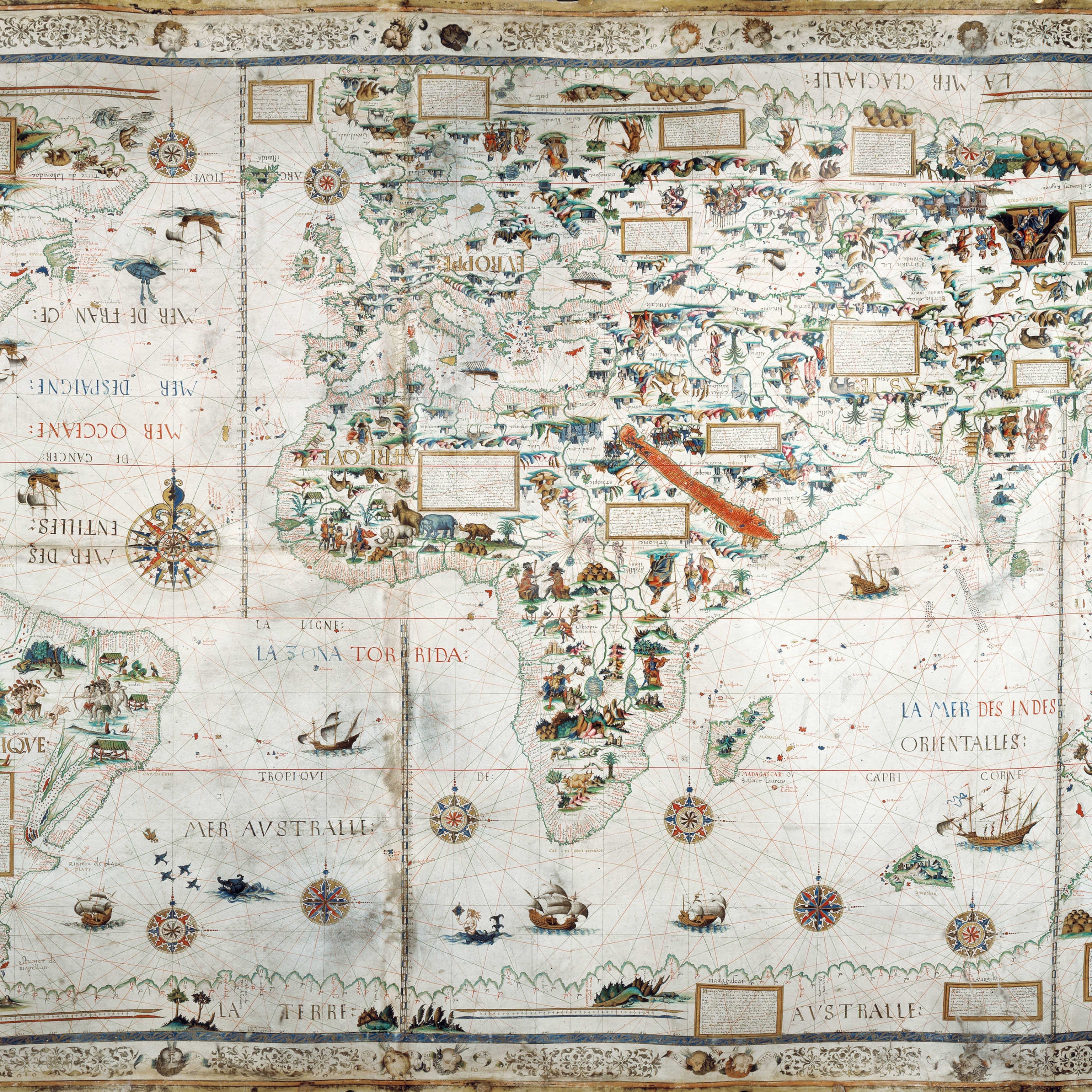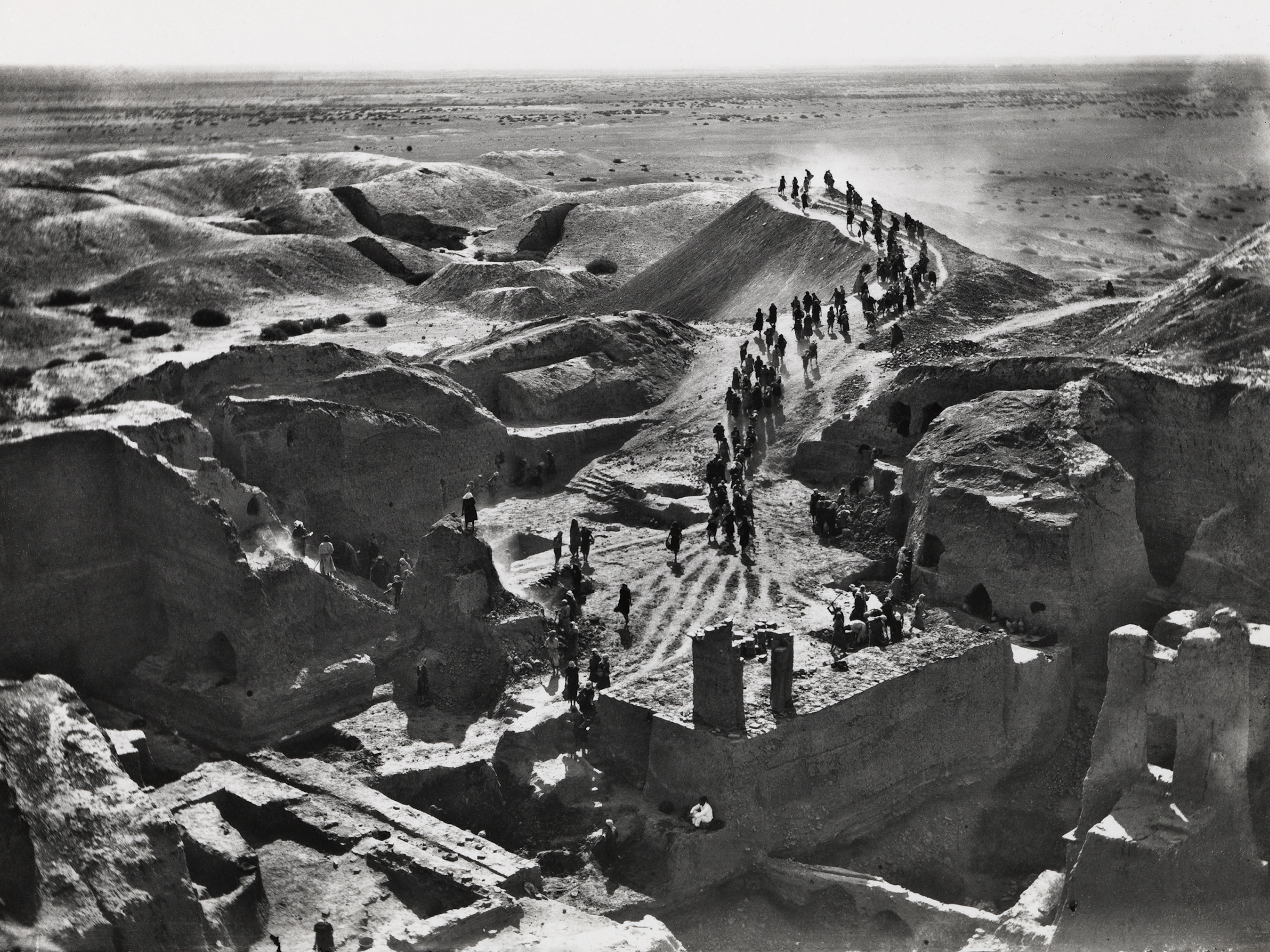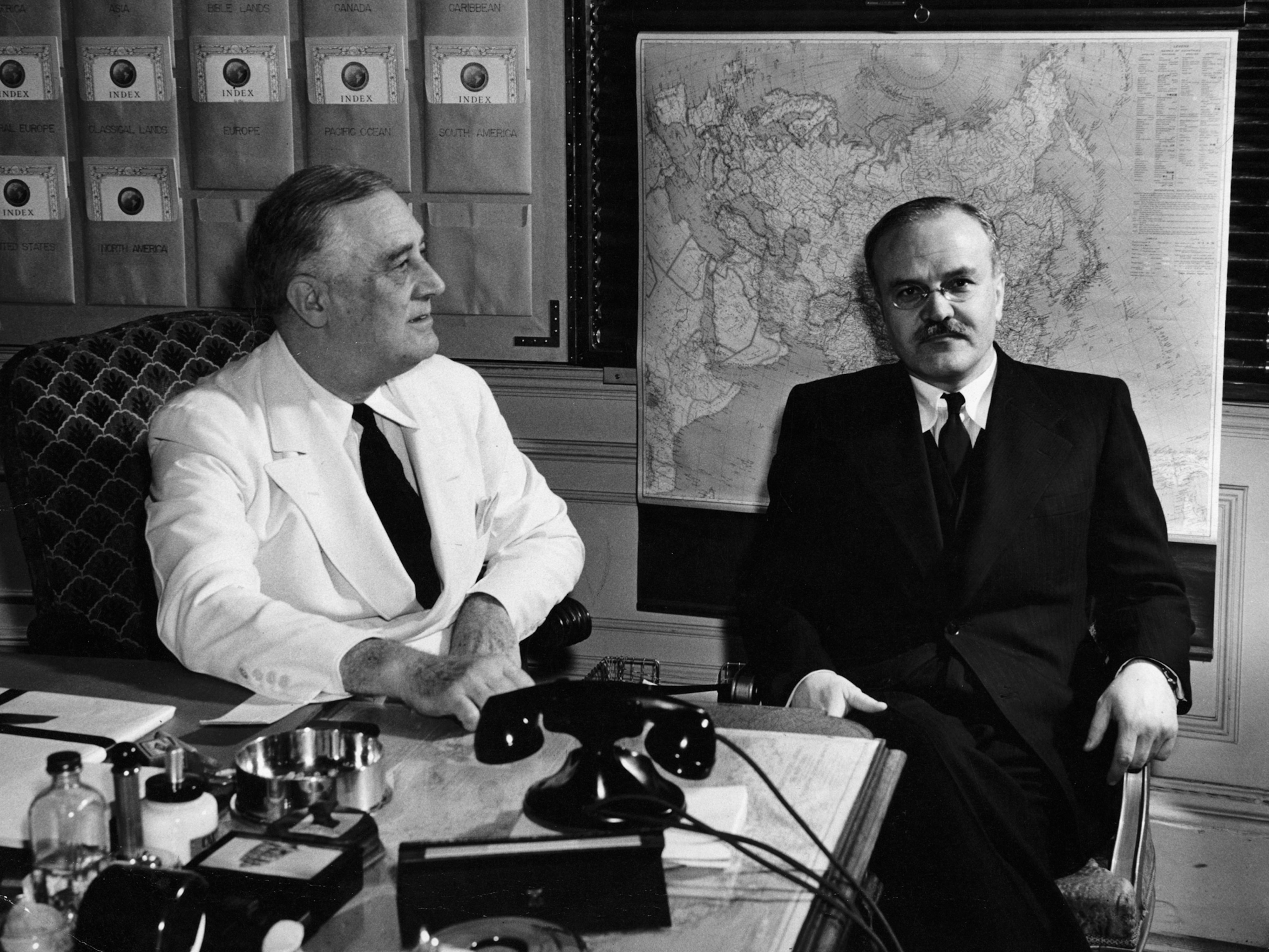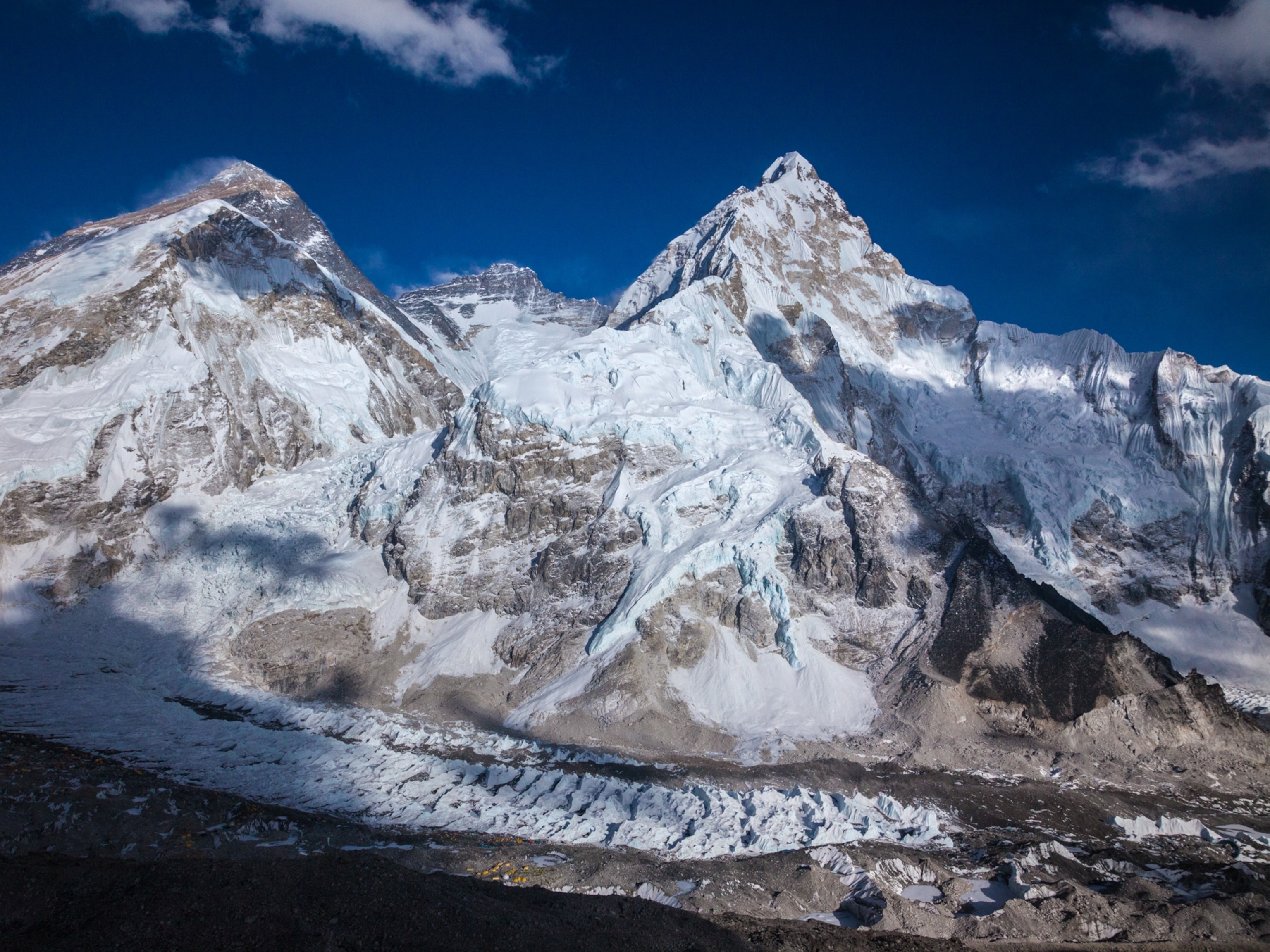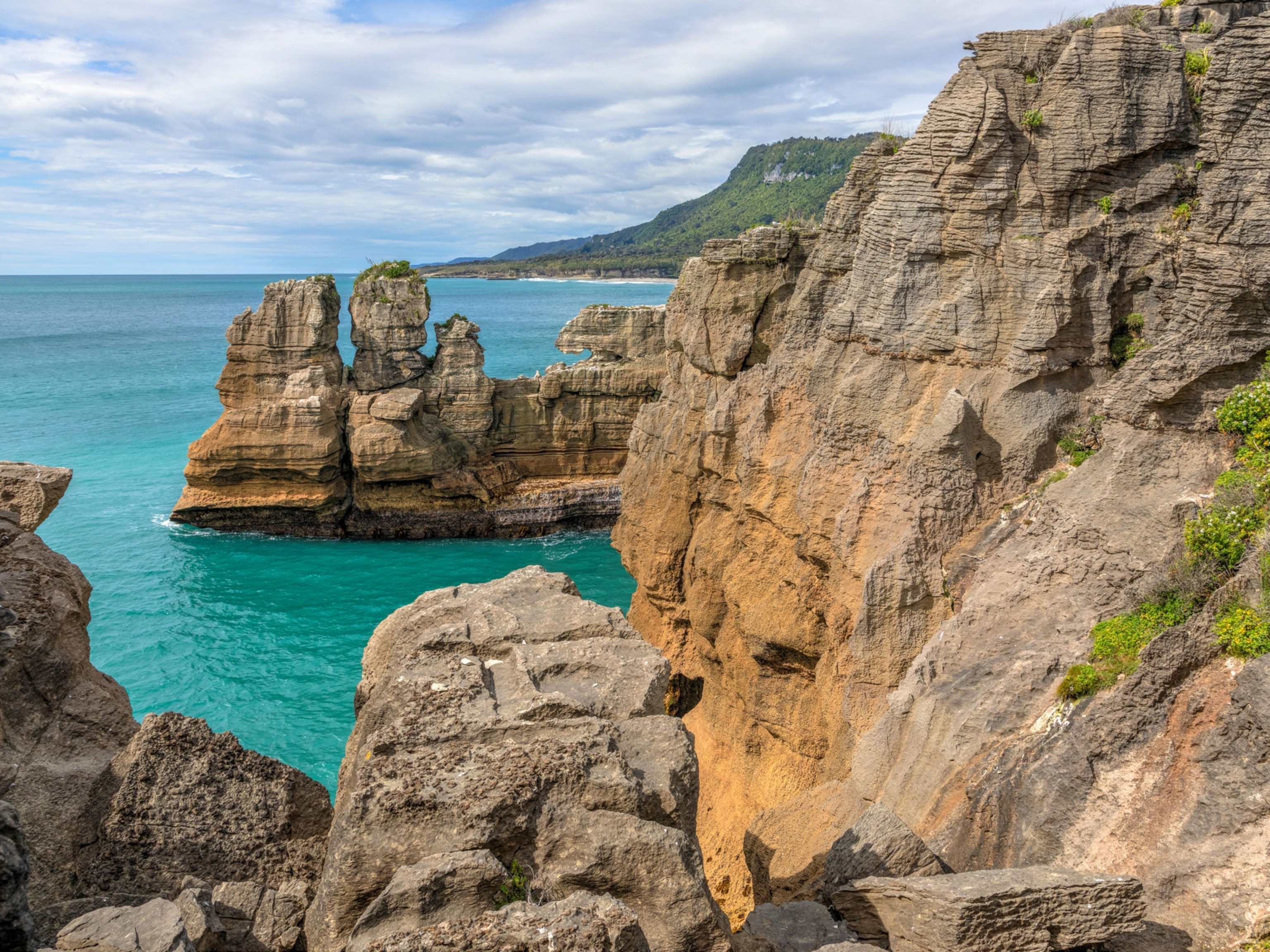These Maps Show the Epic Quest for a Northwest Passage
Once just a figment of the imagination, a navigable sea route through the Arctic is becoming reality due to climate change.
It had to be there: an ocean at the top of the world. The ancient Greeks drew it on their maps, and for centuries, the rest of Europe did too.
Beginning in the 1500s, countless men died trying to find it, hoping for a maritime shortcut across the Arctic that would open up new trade routes to Asia. Now, thanks to a warming planet, the long-sought Northwest Passage actually exists … at least for part of the year.
A new exhibit at the Osher Map Library at the University of Southern Maine chronicles this storied quest through centuries of treacherous exploration to the increasingly open Arctic waters of today (the maps in this post come from the exhibit).
The idea of a northern ocean passage dates back at least to the second century A.D. Ptolemy and the ancient Greeks believed that Earth had four habitable zones balanced by two uninhabitable frigid zones—often thought to be water—at the top and bottom of the globe. But it wasn’t until the early 16th century, after the voyages of Columbus, that the idea of a Northwest Passage really took hold in the popular imagination of Europeans, says Ian Fowler, the library’s director. Columbus, after all, had sailed west looking for a sea route to the East. Instead, he found a continent blocking the way. The Northwest Passage would be a way around this continent.
“After the Spanish and Portuguese took control of the trade routes in the south, along the coasts of Africa and South America, it once again becomes a very popular idea as a way for the Dutch and the French and the English to get access to the East and the riches they believed to be there,” Fowler says.
Maps from this period are filled with the wild imaginings and wishful thinking of mapmakers, from nonexistent bays and islands to sea monsters (you can see some of these figments of the imagination in the gallery at the top of this post).
There was also a lot of gamesmanship and outright deception in the maps. The map above comes from a book published in 1558 to describe the travels of two Venetian brothers in 1380. The story is almost certainly bogus, Fowler says, made up in an attempt to retroactively claim the discovery of the New World for Venice. Even so, the map was widely copied and may have led some expeditions astray. “It’s dangerous,” Fowler says. “It shows Greenland connected to Europe, which is obviously not true. South of Iceland, there’s a number of fictitious islands. And to the west of Greenland there’s a nice open sea, which at this time would have been unnavigable because of pack ice.”
Early explorers also occasionally played fast and loose with the facts. The Englishman Martin Frobisher made three voyages in search of the Northwest Passage in the late 1500s. He didn’t find it. “He discovered some straits, pretended to find a lot more,” Fowler says. On one trip, he returned to England with tons of what he claimed was gold-containing ore. It was enough to convince his backers to fund another trip, but it ultimately turned out to be pyrite—fool's gold.
With time, and additional exploration, the maps got better. The map below, published in Russia in 1784, was the first to show details gleaned from a large and highly organized survey of the Arctic coast of Siberia. It depicts a possible Northwest Passage: On the far right side, "R. de l'Quest” connects Hudson Bay to the Pacific Ocean. Notice the level of detail on the Asian side of the Pacific compared to the North American side—the situation is reversed in a map published the same year based on Captain James Cook’s exploration of the coast of Alaska (see slide nine in the gallery above).
Perhaps the most famous attempt to find the Northwest Passage was the expedition led by Sir John Franklin in 1845. Franklin was an officer in the British Navy who had led two previous expeditions to the Arctic. But this time the expedition didn’t return on schedule, and Franklin’s wife, Lady Jane, began pressing the British government to send a search party, which they did in 1848. The search grew to include more ships over the coming years, and newspaper reports on the hunt for the missing expedition gripped the British public.
Ultimately, though, all the searchers found were several graves of men who’d died early on and a few scattered notes and other relics. The two boats in the expedition had become trapped in ice, and all 129 men, including Franklin, perished. The second of his two boats, the H.M.S. Terror, was finally located only a few weeks ago.
Unbeknownst to Franklin and other explorers, their expeditions coincided with what scientists call the Little Ice Age, a period of several centuries of unusual cold in the Arctic. As temperatures began to climb toward the end of the 19th century, the long-sought Northwest Passage finally opened up.
The Norwegian explorer Roald Amundsen completed the first journey entirely by boat through the Northwest Passage in 1906. It took three years and two winters on the ice.
More recently, it’s been getting easier. As polar ice has melted, the route has become more accessible. Last month a cruise ship carrying 1,700 people became the first passenger liner to complete the passage. The melting of Arctic sea ice has raised the possibility of new trade routes and energy production, as well as the potential for territorial conflicts and environmental damage to a relatively untouched part of the Earth.
For better or worse, a new chapter in the storied history of the Arctic is just beginning.


